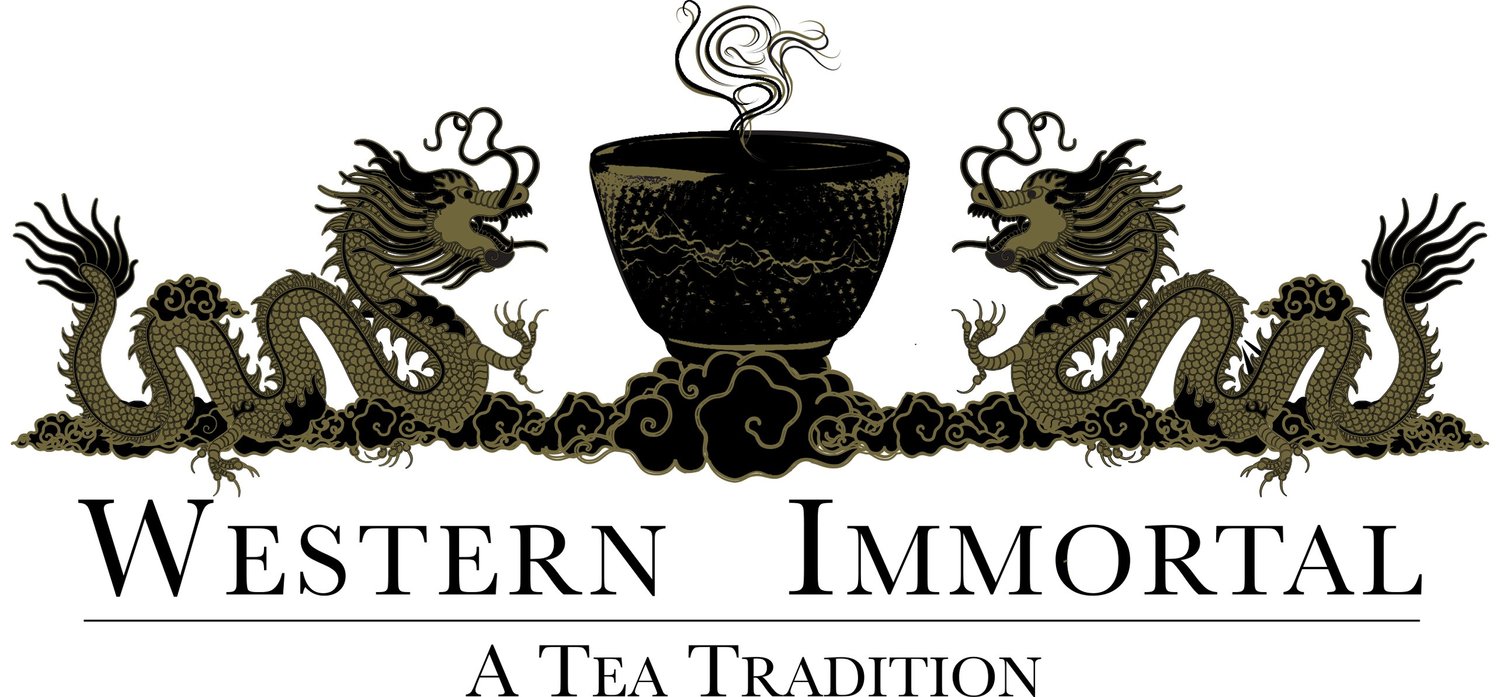
Types of tea
What is tea?
Camellia sinensis
All tea varieties come from one plant called Camellia sinensis. There are three sub species of this plant:
Camellia sinensis var. sinensis: The is the Chinese subspecies which can grow up to 13 feet tall. It is native to China and Japan.
Camellia sinensis var. assamica: The Assam subspecies founded by Europeans in the early 19th century. It can grow up to 59 feet tall and is native to Assam, China, Myanmar, Thailand, Laos, and Vietnam.
Camellia sinensis assamica ssp. lasiocalyx – The Cambod subspecies, also known as Java bush. This is a hybrid between sinensis and assamica. It is sometimes used in the creation of new cultivars. This subspecies is native to Assam, Myanmar, and Vietnam.
Oxidation and fermentation process
White tea
White tea is the least processed of all tea categories. The action of plucking requires delicate hands, because for white tea, the leaves must not be bruised. The leaves are still covered in little white hairs called Bai Hao; these little hairs protect the plant from insects and the weather. White tea is usually made from single buds or young shoots. Throughout the entire process, the tea is handled with extreme care. This is why white tea can sometimes be very pricey sometimes due to the time needed and delicate nature of the process of picking white tea.
Green tea
Green tea is the most ancient of all tea categories. After withering, the oxidation process is halted by applying heat or steam to the leaves, which is sometimes called “fixing” or “denaturing.” Chinese green tea is pan fried, while Japanese green tea is steamed during the firing process. Rolling and drying takes place next, and different methods are applied depending on the type of tea that needs to be made. Green tea has a beautiful green color to it and releases many earthy, and grassy flavors.
Oolong tea
Oolong translates into “ black dragon,” due to the twisted nature and dark color of the leaves which can have the appearance of a dragon. Oolong teas can have an oxidation of 10% - 80% and the percentage of oxidation the tea goes through determines the different types of Oolong. Modern Oolong has an oxidation of about 20% - 30% and produces a jade colored leaf known as Jade Oolong. Traditional Oolongs have a much higher oxidation of about 40% - 60%, and are known as Dark Oolongs. When water is poured over Oolong it doubles in size due to its full leaves and how it expands in hot water. Its always a beautiful surprise to open up a teapot that is steeping Oolong.
Black tea
Black tea is also known as “red tea” by the Chinese is due to the red liquor produced after brewing. Black tea has the longest oxidation period of all teas, which is why it has a black color. The two major processing methods are Orthodox and CTC. The Orthodox method transforms the whole leaf into broken leaf pieces of black tea. Most black teas produced by this method are of higher quality. CTC was invented in the 1930s to speed up the oxidation process by cutting the black tea into small. This reduced the oxidation period in half. Black tea that uses the CTC method is typically lower quality and will be sold for a low price in tea bags at supermarkets. We prefer our black tea to be prepared the orthodox way, because this brings out the true flavor and essence of black tea.
Pu-erh tea
Pu-erh Tea, also know as “black or dark tea” to the Chinese, was used over a 1,000 years ago to transport tea to Tibet or remote areas of China. Pu-erh Tea can be stored for a long time due to it being pressed into a brick or cake. Actually, the older the Pu-erh usually the better, just like wine. There are two types of Pu-erh tea: raw and ripened. The difference between the two is that raw Pu-erh is gently steamed and compressed at the end stage of processing, whereas ripened Pu-erh is heaped into a humid environment and sprayed with water that contains micro-flora; it is then dried and compressed. Raw Pu-erh improves the longer it is stored, while ripened Pu-erh only improves a little for the first few years, and then remains the same. Chiseling off a piece of Pu-erh cake can generate the feeling of being an ancient traveler on the Silk Road stopping to take some refreshment.
References:
Jane Pettigrew’s World of Tea
Photo Credits:












